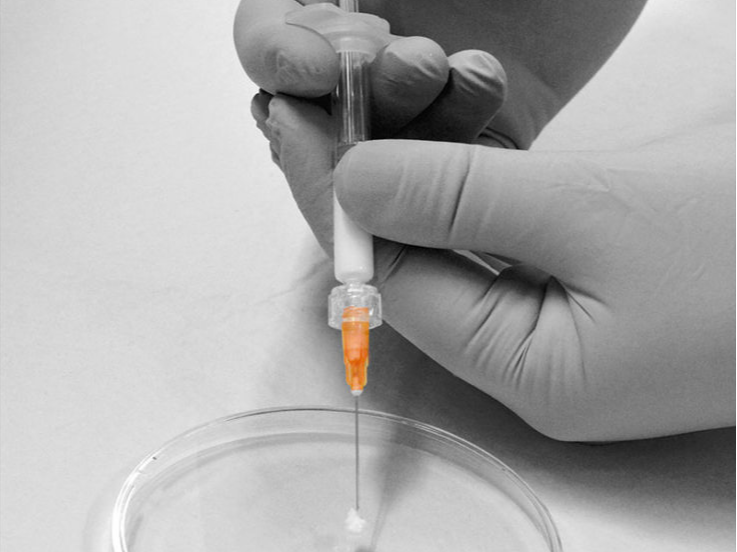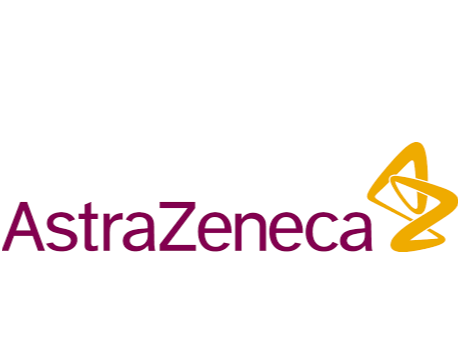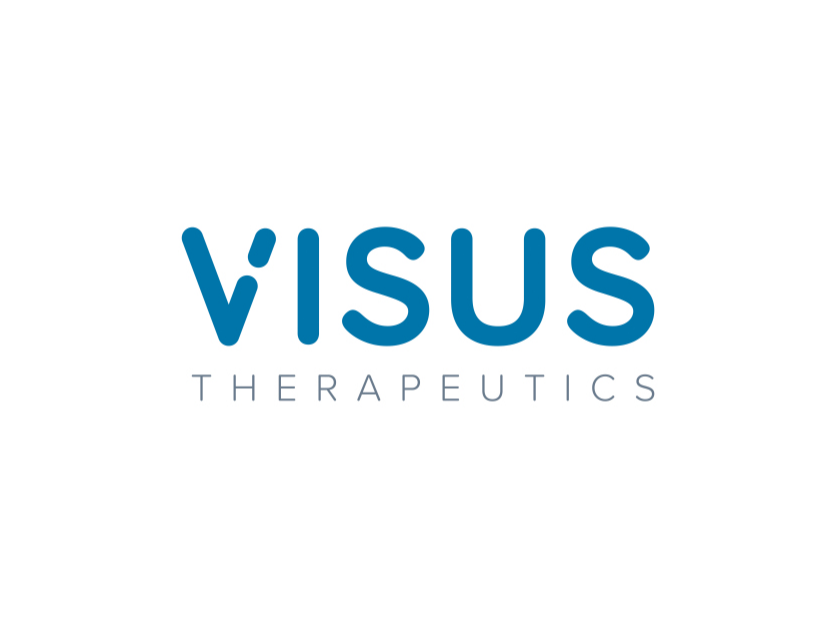
Technology name
DelSiTech Silica Matrix Drug Delivery
Sponsor(s)
Type of technology
Silica microparticles; silica hydrogel; silica microparticles and silica hydrogel composite,, Biodegradable monolithic solid silica implant, Inorganic nanoparticles
Administration route
Subcutaneous, Intra-articular, intratumoral, intraocular, intrathecal and transtympanic, Intra-vitreal, Intramuscular, intratumoral, intraocular, intrathecal and transtympanic
Development state and regulatory approval
Entecavir (ETV)
Pre-clinical
No
Description
Long-acting injectables (parenteral administration) and topical eye drops drug delivery technology where the active substance is embedded and released in controlled manner from a biodegradable silica microparticle-silica hydrogel composite material, with release period tunable from a day to several weeks, months up to a year.
Technology highlight
DelSiTech Silica Matrix long-acting drug delivery technology is adaptable to any therapeutic agents: from small molecules to peptides and complex biologics. The technology is compatible with high API loading, but also with poorly or highly soluble molecules. True controlled release that can be tuned from days up to a year, following zero-order release profile with no or limited burst release. The final dosage form is a ready to use prefilled syringe with 24 to 30G needle. Silica microparticle-silica hydrogel depot can be easily removed as one piece in case of adverse effects. With eyedrops the release can be adjusted from 24 to 48 hours with stable API concentration even overnight with a single drop.
Illustration(s)
Technology main components
The formulation contains only one main excipient silica (SiO2). in addition, WFI (water for injection), and pH controlling agents (in the hydrogel component).
Tetraethyl orthosilicate (TEOS) the silica precursor is widely available material used for various application.
Delivery device(s)
No delivery device
APIs compatibility profile
Not provided
Not provided
APIs are stable in solid silica microparticles. There is no chemical/biological interaction with the Silica nor with external environment.
30-50 wt%
2 different APIs : No technical limits.
Not provided
Scale-up and manufacturing prospects
Spray-drying process is highly scalable process and widely used.
Mixer and pumping prior spray drying. Spray drying equipment. Fill and finish equipment
Normal manufacturing requirements for spray drying and aseptic fill and finish.
HPLC equipment, capability to perform immunoassays and the appropriate detection equipment required by the API. Dynamic light scattering (DLS) instrument for particle size distribution. Dissolution for release characteristics in water bath in shaking. Silica measurement with microwave plasma-atomic emission spectroscopy (MP-AES) or with spectrophotometric measurements. Rheometric analysis (oscillation and rotation), manual injectability and injection force measurement. SEM analysis for visualizing the particles. NMR for measuring silica condensation.
Excipients
No proprietary excipient used
Can be determined with a partner. Can be introduced during clinical studies.
No residual solvent used
Additional features
- Biodegradable
- Single-use
- Room temperature storage
- Monolithic
- Removable
- Other(s)
+4 to +8 degrees Celsius storage may be needed in some cases
Release time is adjustable: as fast as one day or as slow as one year. The release is based on surface erosion mechanic.
Silica microparticles-hydrogel depot has shear thinning properties and can be used with pain-free needles up to 30G.
Silica is inert, non-toxic and completely bio-dissolvable. The main degradation product is soluble silicic acid that is a natural component of the body. Silica is accepted for topical use and tox tolerability data available for injectables.
The APIs is homogeneously dispersed and encapsulated in inert solid silica microparticles, maintaining high chemical stability and biological activity for the APIs
Room-temperature storage if encapsulated drug does not require refrigeration
Therapeutic area(s)
- Diabetes
- HBV
- Contraception
- Other(s) : "Ophthalmology (topical and parenteral delivery), infectious diseases, autoimmune disease, CNS, women´s health, hormone deficiency, vaccines, abuse deterrence & viral vectors"
- Multipurpose technology : "Possible to combine multiple APIs from poorly/highly soluble small molecules to sensitive biologics like antibodies and RNA."
- Malaria
- HIV
- Pain management
- Oncology
- Disease agnostic
- Pre-Exposure Prophylaxis (PrEP)
- Treatment
Potential associated API(s)
- Entecavir (ETV)
- Immunoglobulins
- Antivirals for systemic use , Cabotegravir (CAB) , Dolutegravir (DTG) , Islatravir (ISL)
- Genito-urinary system and sex hormones , Levonorgestrel (LNG) , Etonogestrel (ENG) , Oxytocin , Testosterone (T)
- Glucocorticoids , Dexamethasone
- Analgesics , Fentanyl , hydrocodone
- Antiparasitic products , Pyrimethamine , Antimalarials , Proguanil
- Drugs used in diabetes , Glucagon-like peptide-1 (GLP-1) analogues (GLP-1)
- Musculo-skeletal system , Meloxicam
Use of technology
- Administered by a community health worker
- Administered by a nurse
- Administered by a specialty health worker
- To be determined
- Self-administered
Daily, Weekly, Monthly, Every 6 months, Yearly, Every 2 months
Not provided
Targeted user groups
- Adults
- All
- Male
- Female
- Cisgender female
- Cisgender male
- Transgender female
- Transgender male
- Intersex
- Gender non-binary
Yes
Yes
Yes
Those who would benefit from longer dosing intervals or for whom adherence to current treatment might be challenging.
Entecavir (ETV)
antiviral
Pre-clinical
Not provided
Hepatitis B treatment
People living with hepatitis B chronic infection
2 months
No
Immunoglobulins
Monoclonal antibody
Pre-clinical
-
HIV PrEP
Individuals at risk of contracting HIV
To be determined
-
Antivirals for systemic use , Cabotegravir (CAB) , Dolutegravir (DTG) , Islatravir (ISL)
Dolutegravir, cabotegravir, islatravir etc.
Pre-clinical
-
HIV treatment and/or prevention
To be determined
To be determined
-
Genito-urinary system and sex hormones , Levonorgestrel (LNG) , Etonogestrel (ENG) , Oxytocin , Testosterone (T)
levonorgestrel, etonogestrel, testosterone, oxytocin, etc.
Not provided
Not provided
Not provided
Not provided
Not provided
Not provided
Glucocorticoids , Dexamethasone
Dexamethasone etc.
Not provided
Not provided
Not provided
Not provided
Not provided
Not provided
Analgesics , Fentanyl , hydrocodone
Hydrocodone, fentanyl etc.
Not provided
Not provided
Not provided
Not provided
Not provided
Not provided
Antiparasitic products , Pyrimethamine , Antimalarials , Proguanil
Pyrimethamine, proguanil etc
Pre-clinical
-
Malaria treatment and/or prophylaxis
Not provided
to be determined
-
Drugs used in diabetes , Glucagon-like peptide-1 (GLP-1) analogues (GLP-1)
GLP-1 receptor agonist
Not provided
Not provided
Not provided
Not provided
Not provided
Not provided
Musculo-skeletal system , Meloxicam
Not provided
Pre-clinical
-
Targets post-operative pain management in cats
**Animal health**
Anticipated: release of meloxicam for 3 to 5 days after a single subcutaneous injection
-
Publications
Silica microparticles for sustained zero-order release of an anti-CD40L antibody.
Tyagi P, Koskinen M, Mikkola J, Leino L, Schwarz A.
Drug Deliv Transl Res.
2018 Apr;8(2):368-374. doi: 10.1007/s13346-017-0408-1. PMID: 28752299.
Silica microparticle hydrogel depot (HG) formulation was prepared using spray drying of silica-based sol-gels for the sustained delivery of MR1 antibody which binds to CD40 ligand (CD40L). The formulation was tested in vitro for antibody release, surface morphology, particle size, rheology, and injectability. In vivo pharmacokinetic evaluation was performed for the microparticle formulation and free MR1 antibody in BALB/c female mice. Serum samples up to day 62 were assessed using an enzyme-linked immunosorbent assay. In vitro release indicated that the MR1 antibody was uniformly encapsulated in silica microparticles, and less than 5% burst release of the antibody was observed. In vivo pharmacokinetics showed a zero-order release up to 62 days from the MR1 silica microparticle HG-controlled release composition.
Keywords: Antibody; Biologics; Silica microparticles; Sustained release.
Nanomedicines, June 2021
Ari-Pekka Forsback, Panu Noppari, Jesse Viljanen, Jari Mikkola, Mika Jokinen, Lasse Leino, Simon Bjerregaard, Camilla Borglin and Janet Halliday
Triptorelin acetate was encapsulated into silica microparticles by spray-drying a mixture of colloidal silica sol and triptorelin acetate solution. The resulting microparticles were then combined with another silica sol containing silica nanoparticles, which together formed an injectable silica-triptorelin acetate depot. The particle size and surface morphology of the silica-triptorelin acetate microparticles were characterized together with the in vitro release of triptorelin, injectability and rheology of the final injectable silica-triptorelin acetate depot. In vivo pharmacokinetics and pharmacodynamics of the silica-triptorelin acetate depot and Pamorelin® were evaluated and compared in Sprague-Dawley male rats after subcutaneous administration. Serum samples up to 91 days were collected and the plasma concentrations of triptorelin and testosterone were analyzed with ultraperformance liquid chromatography-tandem mass spectrometry (UPLC-MS/MS). In vivo pharmacokinetics showed that injections of the silica-triptorelin acetate depot gave 5-fold lower Cmax values than the corresponding Pamorelin® injections. The depot also showed a comparable sustained triptorelin release and equivalent pharmacodynamic effect as the Pamorelin® injections. Detectable triptorelin plasma concentrations were seen with the depot after the 91-day study period and testosterone plasma concentrations remained below the human castration limit for the same period.
Additional documents
Useful links
Collaborate for development
Consider on a case by case basis, collaborating on developing long acting products with potential significant public health impact, especially for low- and middle-income countries (LMICs), utilising the referred to long-acting technology
Share technical information for match-making assessment
Provide necessary technical information to a potential partner, under confidentiality agreement, to enable preliminary assessment of whether specific medicines of public health importance in LMICs might be compatible with the referred to long-acting technology to achieve a public health benefit
Work with MPP to expand access in LMICs
In the event that a product using the referred to long-acting technology is successfully developed, the technology IP holder(s) will work with the Medicines Patent Pool towards putting in place the most appropriate strategy for timely and affordable access in low and middle-income countries, including through licensing
All sponsors
Comment & Information
More information available at https://www.delsitech.com/





